resideo TB7100A1000 MultiPRO User manual
Other resideo Thermostat manuals

resideo
resideo Honeywell Home RTH6360 Series User manual

resideo
resideo Honeywell Home RTH9585WF User manual

resideo
resideo Honeywell Home PRO TH1000E1 Series User manual

resideo
resideo Honeywell Home RTH7600 Series User manual

resideo
resideo Honeywell Home PRO TH1000DH Series User manual
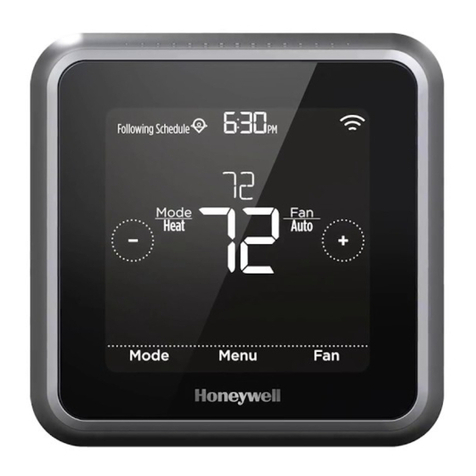
resideo
resideo Honeywell Home T5+ Operation manual
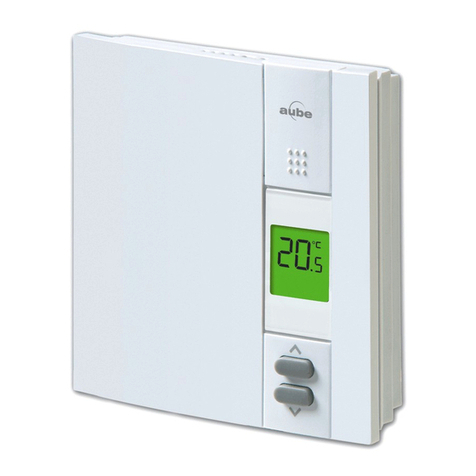
resideo
resideo aube technologies TH450 User manual

resideo
resideo Honeywell Home T6RWP User manual

resideo
resideo VisionPRO TH8000 Series User manual

resideo
resideo Honeywell Home FocusPRO TH6320WF1005 Wi-Fi... User manual

resideo
resideo RTHL111 Series User manual

resideo
resideo Honeywell Home RTH2300 Series User manual
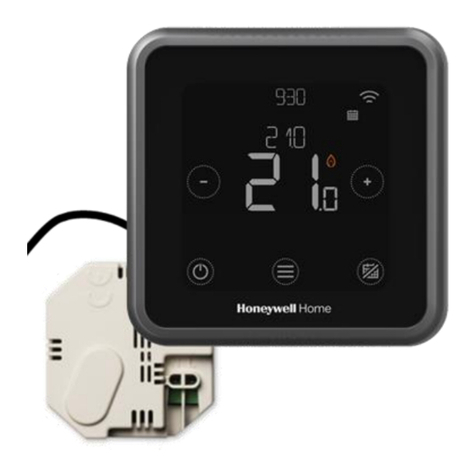
resideo
resideo Honeywell Home T6RWP User manual

resideo
resideo Honeywell Home HR90 User manual

resideo
resideo Honeywell Home RTH6360D1017 User manual
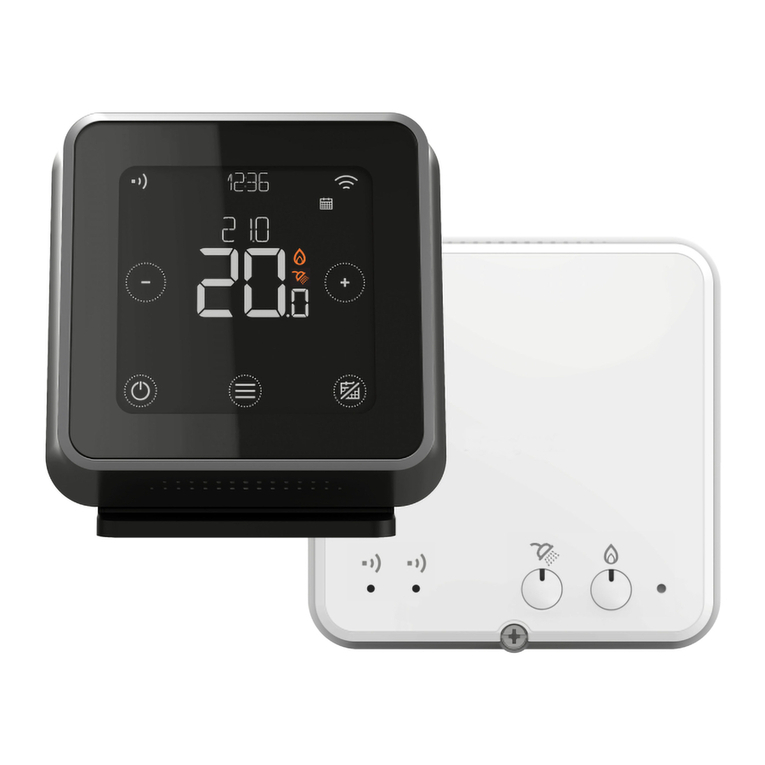
resideo
resideo Honeywell Home T6R-HW Installation instructions

resideo
resideo Honeywell Home T6R User manual
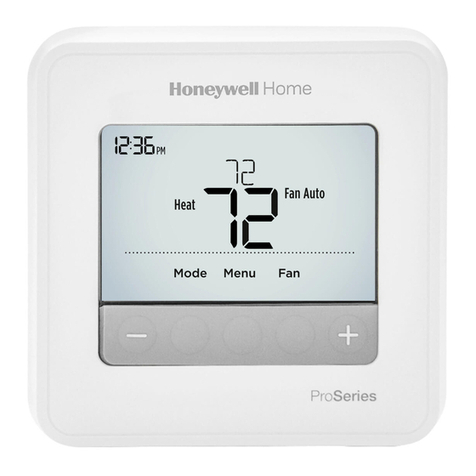
resideo
resideo Honeywell Home T4 Pro User manual
Popular Thermostat manuals by other brands

Charmeg
Charmeg MP-R user manual

dixell
dixell WING XW40LS Installing and operating instructions

Network Thermostat
Network Thermostat NetX X7C-WIFI Installation and programming manual

Radio Thermostat
Radio Thermostat CT80 Operation guide

HAI
HAI Omnistat RC-120 installation manual

Lennox
Lennox iComfort E30 Installation and setup guide

Lux Products
Lux Products PSD011Ba Installation and operating instructions

Computherm
Computherm Q20 operating instructions

Heatmiser
Heatmiser neoStat user manual

Mars
Mars HEAT CONTROLLER IR Wireless Thermostat user manual

LUX
LUX LP0511D user manual

Saswell
Saswell SAS920XWHB-7-S-RF User manual and warranty card















